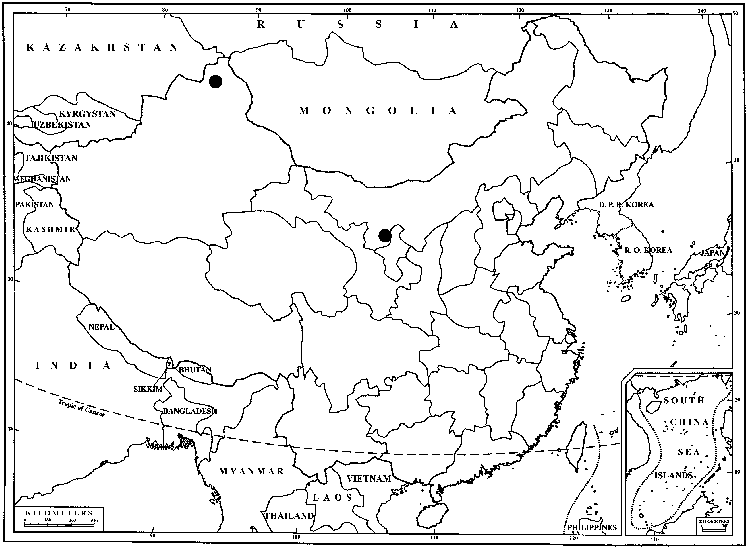Difference between revisions of "Pterygoneurum ovatum"
Rev. Bryol. Lichénol. 6: 96. 1934,.
FNA>Volume Importer |
imported>Volume Importer |
||
| (6 intermediate revisions by 2 users not shown) | |||
| Line 6: | Line 6: | ||
|place=6: 96. 1934, | |place=6: 96. 1934, | ||
}} | }} | ||
| − | |basionyms={{Treatment/ID/ | + | |basionyms={{Treatment/ID/Basionym |
|name=Gymnostomum ovatum | |name=Gymnostomum ovatum | ||
|authority=Hedwig | |authority=Hedwig | ||
| + | |rank=species | ||
| + | |publication_title=Sp. Musc. Frond., | ||
| + | |publication_place=31, plate 2, figs. 1–3. 1801 | ||
}} | }} | ||
|synonyms= | |synonyms= | ||
| Line 25: | Line 28: | ||
|elevation=moderate elevations (900-1600 m) | |elevation=moderate elevations (900-1600 m) | ||
|distribution=Alta.;B.C.;Man.;N.W.T.;Nunavut;Ont.;Que.;Sask.;Yukon;Alaska;Ariz.;Calif.;Colo.;Idaho;Kans.;Mont.;Nebr.;Nev.;N.Mex.;N.Dak.;Oreg.;S.Dak.;Tex.;Utah;Wash.;Wyo.;s South America;Europe;Asia;n Africa;Australia. | |distribution=Alta.;B.C.;Man.;N.W.T.;Nunavut;Ont.;Que.;Sask.;Yukon;Alaska;Ariz.;Calif.;Colo.;Idaho;Kans.;Mont.;Nebr.;Nev.;N.Mex.;N.Dak.;Oreg.;S.Dak.;Tex.;Utah;Wash.;Wyo.;s South America;Europe;Asia;n Africa;Australia. | ||
| − | |discussion=<p>Pterygoneurum ovatum is the most common species of the genus and serves to stabilize arid soils (S. Flowers 1973). The setae may reach 3 mm. Faint thickenings reminiscent of a rudimentary peristome can sometimes be found associated with spore sac remnants dug out of the operculum, and the laminal distal cells may by simply papillose abaxially as in P. lamellatum. R. T. Wareham (1939) found the characters of Pterygoneurum ovatum var. incanum Juratzka, the long awns and short setae, inconstant in both American and European material.</p> | + | |discussion=<p><i>Pterygoneurum ovatum</i> is the most common species of the genus and serves to stabilize arid soils (S. Flowers 1973). The setae may reach 3 mm. Faint thickenings reminiscent of a rudimentary peristome can sometimes be found associated with spore sac remnants dug out of the operculum, and the laminal distal cells may by simply papillose abaxially as in <i>P. lamellatum</i>. R. T. Wareham (1939) found the characters of <i>Pterygoneurum ovatum</i> <i></i>var.<i> incanum</i> Juratzka, the long awns and short setae, inconstant in both American and European material.</p> |
|tables= | |tables= | ||
|references= | |references= | ||
| Line 34: | Line 37: | ||
-->{{#Taxon: | -->{{#Taxon: | ||
name=Pterygoneurum ovatum | name=Pterygoneurum ovatum | ||
| − | |||
|authority=(Hedwig) Dixon | |authority=(Hedwig) Dixon | ||
|rank=species | |rank=species | ||
| Line 49: | Line 51: | ||
|publication year= | |publication year= | ||
|special status= | |special status= | ||
| − | |source xml=https:// | + | |source xml=https://bitbucket.org/aafc-mbb/fna-data-curation/src/2e0870ddd59836b60bcf96646a41e87ea5a5943a/coarse_grained_fna_xml/V27/V27_878.xml |
|subfamily=Pottiaceae subfam. Pottioideae | |subfamily=Pottiaceae subfam. Pottioideae | ||
|genus=Pterygoneurum | |genus=Pterygoneurum | ||
Latest revision as of 22:29, 5 November 2020
Leaves with distal lamina smooth or rarely papilose; awn smooth or rarely with a few teeth; lamellae 8–16 cells in height, not lobed, seldom bearing filaments. Capsule stegocarpous, emergent to exerted, ovoid, annulus present, operculum cells in straight rows; eperistomate. Calyptra cucullate or rarely mitrate.
Phenology: Spores mature spring.
Habitat: Soil (volcanic, dry saline), frost boil, low desert scrub areas
Elevation: moderate elevations (900-1600 m)
Distribution

Alta., B.C., Man., N.W.T., Nunavut, Ont., Que., Sask., Yukon, Alaska, Ariz., Calif., Colo., Idaho, Kans., Mont., Nebr., Nev., N.Mex., N.Dak., Oreg., S.Dak., Tex., Utah, Wash., Wyo., s South America, Europe, Asia, n Africa, Australia.
Discussion
Pterygoneurum ovatum is the most common species of the genus and serves to stabilize arid soils (S. Flowers 1973). The setae may reach 3 mm. Faint thickenings reminiscent of a rudimentary peristome can sometimes be found associated with spore sac remnants dug out of the operculum, and the laminal distal cells may by simply papillose abaxially as in P. lamellatum. R. T. Wareham (1939) found the characters of Pterygoneurum ovatum var. incanum Juratzka, the long awns and short setae, inconstant in both American and European material.
Selected References
None.